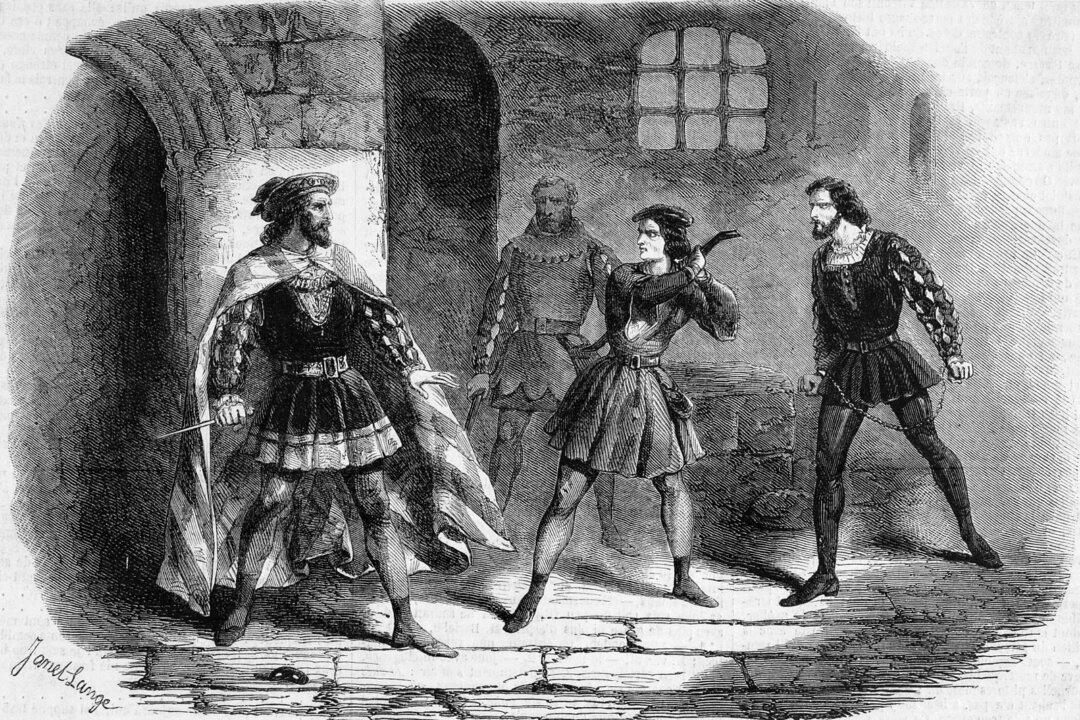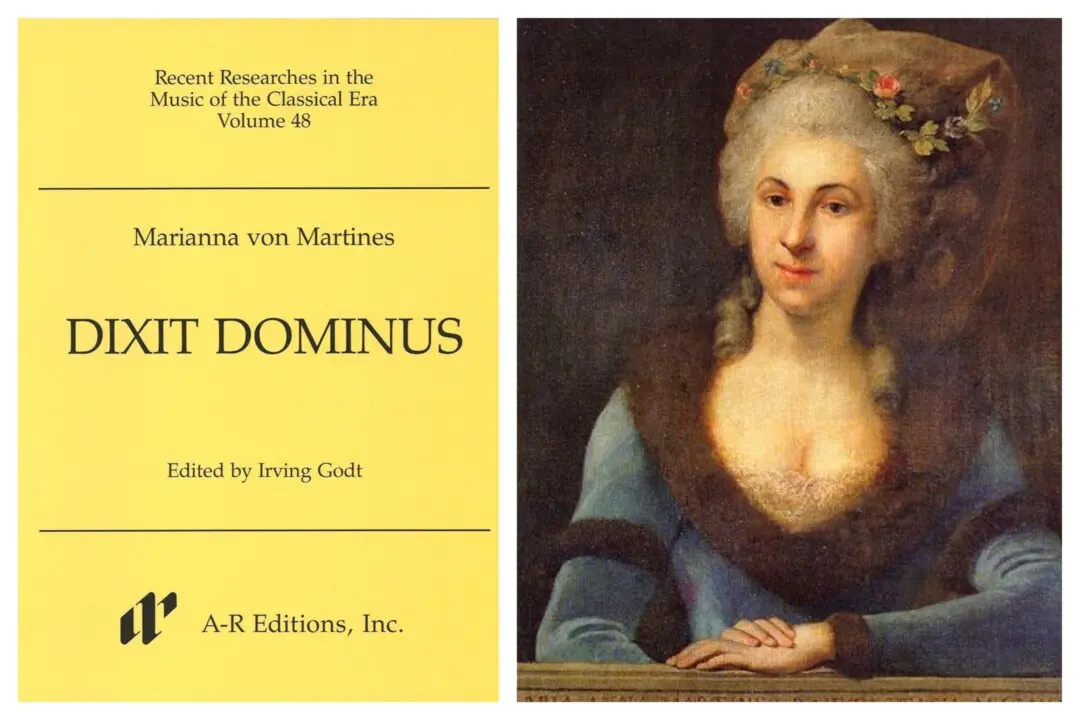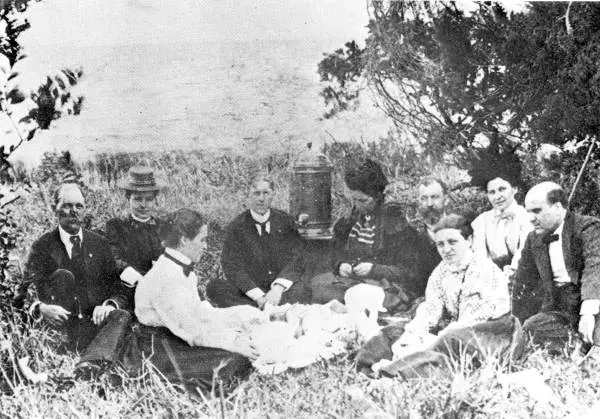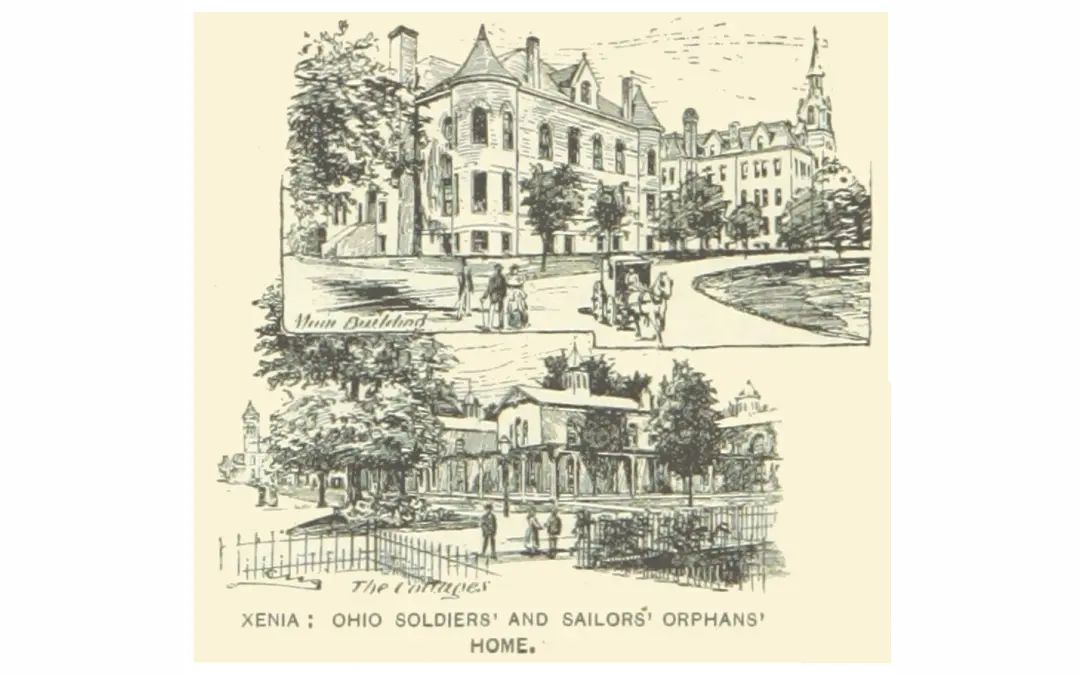Ludwig van Beethoven is the undisputed master of the symphony. It was always the great ambition of his life, however, to compose opera. Opera was not only a high-status genre, it was big business, and Beethoven dreamed of mixing commercial and artistic success there.
His big opportunity came in 1804. Two rival Viennese theater directors, Baron Braun and Emmanuel Schikaneder, each wanted Beethoven to give them something for the musical stage. Braun and Schikanender ran competing opera houses and had both previously staged Mozart’s “Magic Flute” to great success. When Braun bought out Schikanender’s Theater-an-der-Wien, he retained his competitor, and the two men got together to commission Beethoven to write something.





